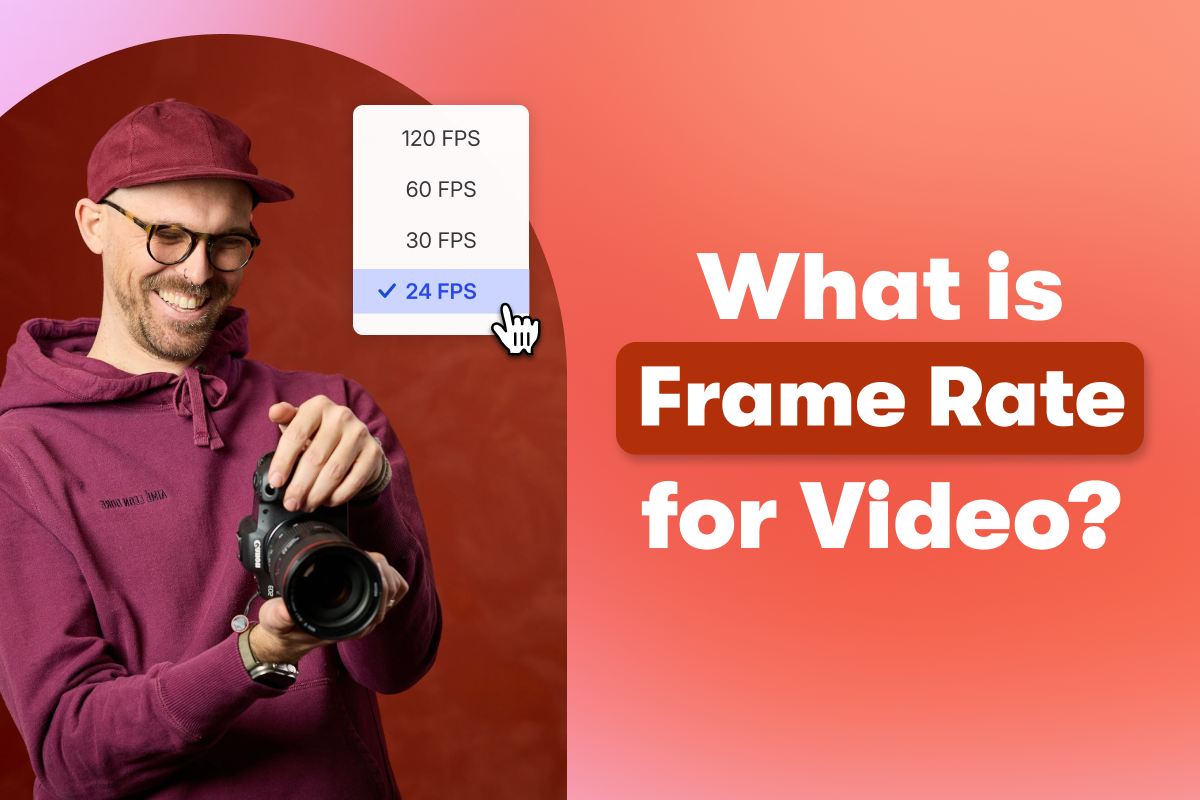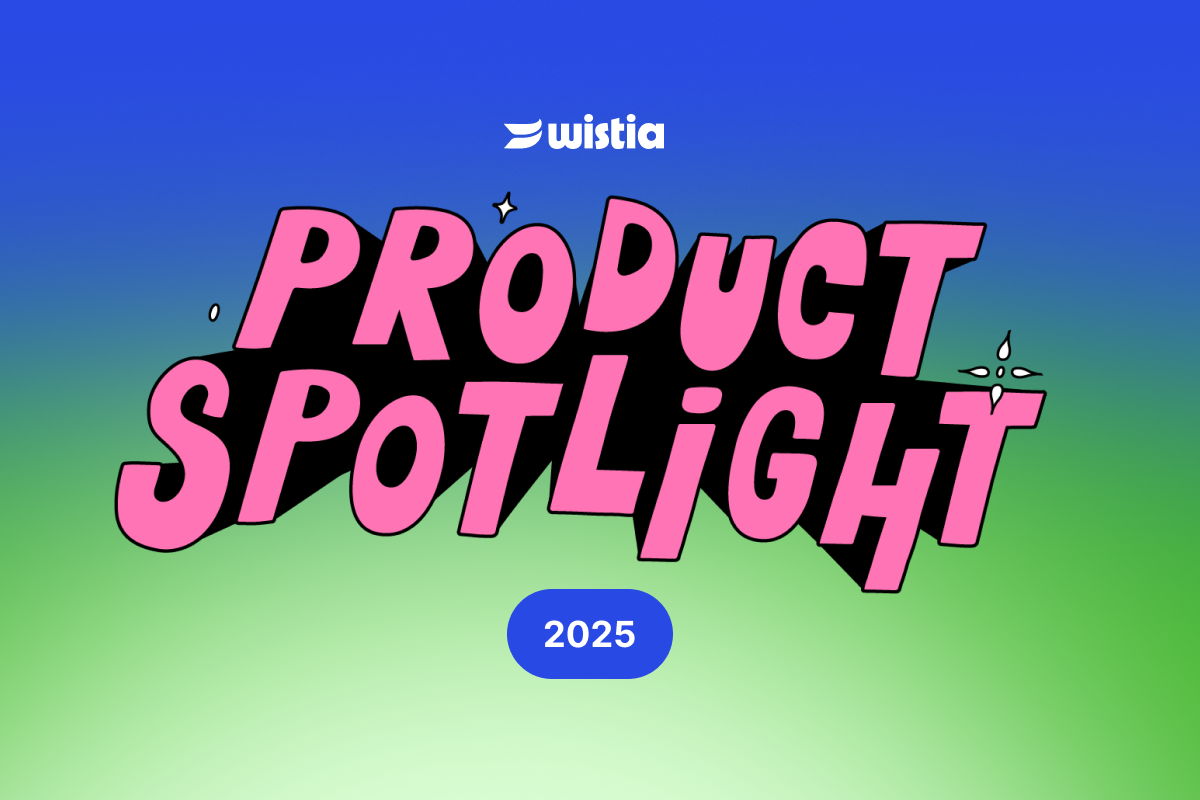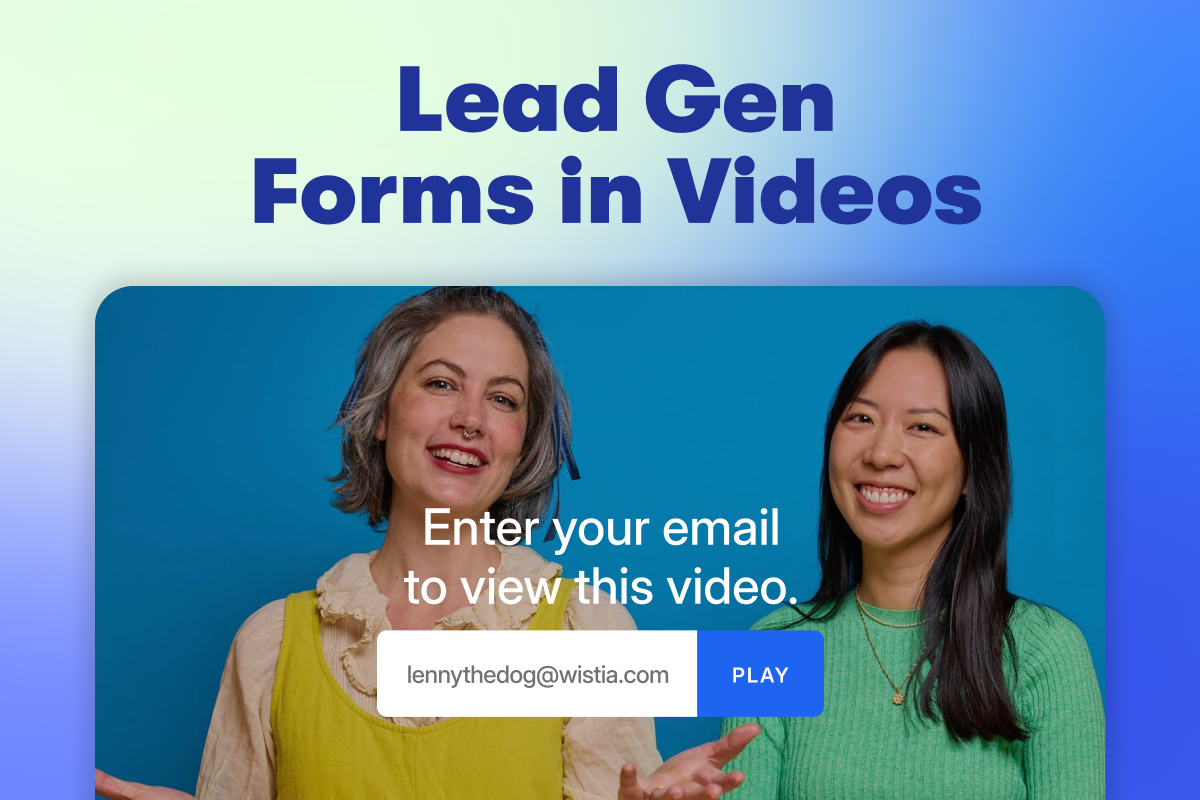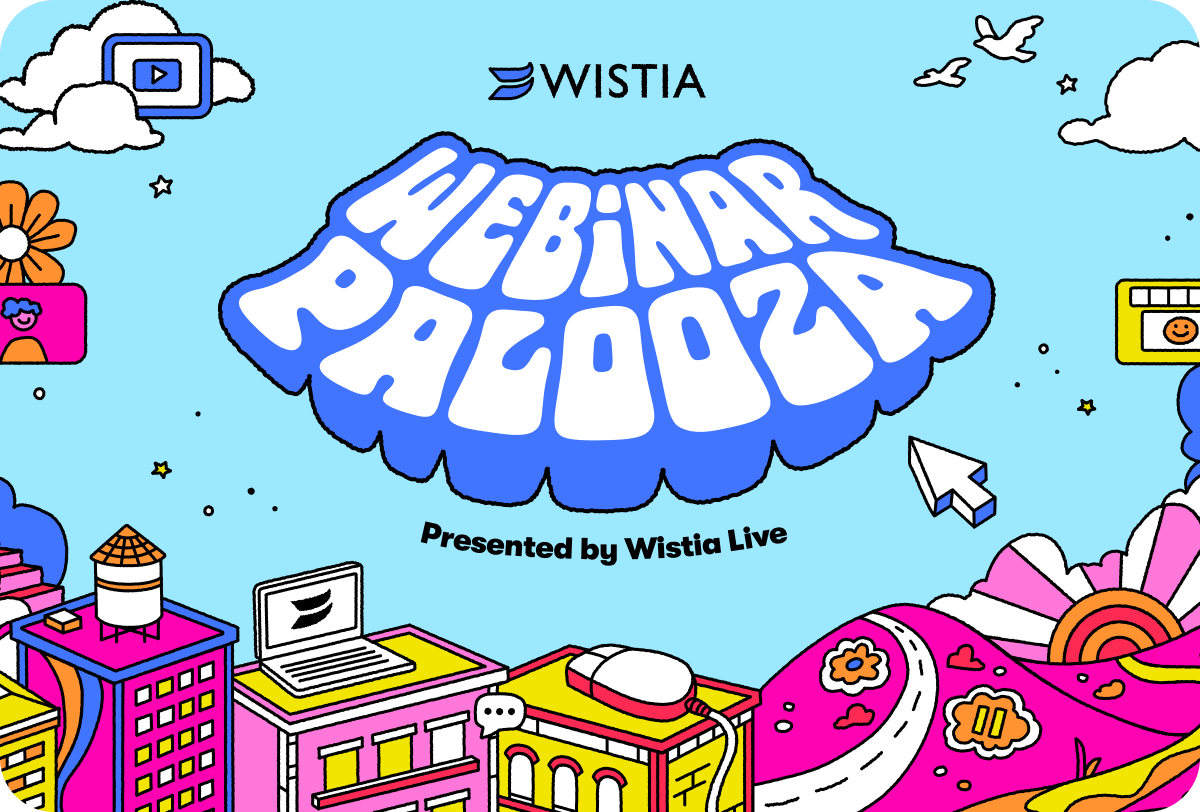How to Measure Brand Affinity: Beginner, Intermediate, and Advanced Metrics
October 22, 2019
Topic tags
“Brand Affinity,” in more concrete terms, is essentially the amount consumers identify with and support your brand. Or, to put it more literally, the number of fans for your brand and the depth of their fandom.
Unfortunately, however, short of personally interviewing everyone who uses your product, visits your website, or interacts with your content, it’s impossible to objectively quantify how many people feel such a connection with your business and how deep this connection goes. So, in order to measure brand affinity, we have to get a little scrappy and look at some proxy metrics together to get a fair and accurate benchmark.
In this post, we’ll cover the metrics you should be tracking when executing a Brand Affinity Marketing strategy, broken down by how easy they are to access.
Beginner brand affinity metrics
For the following metrics, all you need is access to your Google Analytics dashboard and permission to export data from relevant social media platforms. Let’s dig in!
Time spent with content
As human beings, when we care about the content we’re consuming — whether that’s video, audio, text, or a combination of the three — we invest more time and energy in consuming more of it. An individual’s investment of time, or “time spent” is, therefore, the simplest and most straightforward KPI to quantify brand affinity.
Google Analytics
Luckily, it’s very simple to get an aggregated number for the overall “time spent” with your content from Google Analytics. Simply multiply the number of sessions by the average session duration.
Your goal should be to see this number increase over time, so it’s worth benchmarking on a monthly basis. However, in order for this data to provide any meaningful insight, it first needs to be cleaned. Be sure to discount any trivial or transactional interactions from the data, and only take into account data from users who could reasonably be considered “fans." While a new PPC campaign, for example, may result in a lot of new traffic (which can spike the time-spent metric), unless these users are coming back again on a regular basis, the touches they have with your business are not meaningfully contributing to brand affinity.
This is very simply done with the following “Engaged Regular Users” custom segment, which restricts the data only to users who have come back to your website three or more times, for at least a minute in each instance.
Wistia
When looking to understand “time spent” with your videos in Wistia, head over to the “Project Stats” page on any Channel or Project in your account. Just select your desired date range and then click “Export stats to .CSV" to get a detailed breakdown of the Time Watched for each video, which you can simply aggregate in Excel. Unfortunately, it’s not yet possible to see these numbers directly within your Project Stats yet, but stay tuned for more updates on this front.
Facebook Insights
Facebook Insights provides data on “Minutes Viewed” for your videos in aggregate, but on its own, this data is not very helpful, since it includes every 5–10 second impression on any videos you may have in your account. Because of the nature of Facebook’s “feed," huge numbers of passing viewers and bots tend to inflate metrics in a way that gives the impression of more engagement than is probably the case. It’s very common to have thousands of “hours watched” on Facebook, comprised solely of thousands of brief encounters with users nonchalantly passing by your content as they scroll. These interactions don’t represent a genuine investment of time in your brand, so they should be discounted.
As with Google Analytics, the data needs to be cleaned of trivial interactions in order to give a fair overview of the amount of time actually being spent with your content. And, unfortunately, Facebook makes this very hard for you to do.
First, you need to export all of the video data from Facebook Insights.
Then, look at the granular breakdowns of how many people have watched past a certain percentage or absolute duration. By multiplying the 95% completed views number by the video duration, you end up with a much truer reflection of time spent with your content than the default metrics they provide.
YouTube Analytics
You can easily find the default “Watch Time” metric within your analytics dashboard on your YouTube profile.
However, the more useful data is held deeper within the platform, where you can segment by traffic source.
YouTube (deliberately?) doesn’t let you discount trivial interactions when trying to calculate time spent, so bear in mind that the data will always include users who watched a bit of a video, weren’t very engaged, and then clicked away. Unfortunately, it’s not possible to clean the data in the same way you can with Facebook.
Here, it at least makes sense to remove all the data from YouTube advertising, since really only voluntary engagements demonstrate affinity (people don’t like you just because you forced them to watch your videos). You can then use this information as a benchmark combined with data from Google Analytics, Wistia, and other platforms.
Intermediate brand affinity metrics
Going beyond time spent, by using more advanced third-party tools, cookies, and email addresses, we can get a more granular view of the emerging fanbases we’re building with Brand Affinity Marketing.
Brand search volume
Google Search Console, which is a free tool, is incredibly useful for understanding how users discover your website in Search. Within the “Search Results” report, you can see the queries people are typing into a browser bar or search box on Google in order to find you. If you add in query segmentation to this report (by clicking the bar at the top) you can restrict the data to just show queries that include your brand name:
Assuming your brand name is unique and doesn’t conflict massively with search intent for another business, the “impressions” data here is a reasonable proxy for how many people are actively searching for your brand, which we call “Brand Search Volume."
Brand Search Volume is a good indicator of Brand Affinity or “brand interest," since it specifies the number of people going out of their way to navigate specifically to your website for one reason or another. All healthy brands tend to see this number climb at a steady rate, and effective Brand Affinity Marketing will usually lead to an increase in Brand Search Volume over an extended period of time. At Wistia, our “One, Ten, One Hundred” video series permanently lifted our brand search by 11%.
Number of subscribers
If you’re using Wistia Channels, you can sync up your subscriber counts with your CRM or Marketing automation platform, and then track the number of subscribers directly from there.
It’s worth combining this number with your YouTube subscribers to get a holistic overview of how many people are engaged enough with your video content to ask to receive things from you on a regular basis.
Number of engaged regular users
Using the aforementioned “Engaged Regular Users” custom segment, we can also set a benchmark for the number of visitors reaching that threshold of engagement. This metric can get slightly muddy, however, because users may regularly visit your website to check support documentation, for example, and not just to engage with your content.
It’s therefore worth modifying this segment if possible to just include users whose sessions involve engagement with your content marketing. Any investment in Brand Affinity Marketing should show a steady increase in the number of users matching this criterion.
Advanced brand affinity metrics
Capturing an email address in the form of subscribers gives you yet another benefit — the ability to identify and track people regularly returning to your website or app.
This enables us to use the principles of marketing automation to “score” our users. However, rather than thinking about this as lead scoring in the traditional sense, in the world of Brand Affinity Marketing, this represents “fan scoring.”
Amount of content consumed per user
If you’re sending data from Google Analytics and Wistia to your CRM, you can add triggers and qualifiers that contribute to the score of any particular user.
Particularly good triggers to include here are “Reached end of a blog post” and “Watched 90% of a video.” Scoring users in this way allows you to track the amount of content consumed by any given user, assign them an engagement level, and then also observe patterns about the types of content they’re engaging with.
You can also then create groups and assign “Fan” status based on specific behavior. If you don’t have a CRM or Marketing Automation platform, however, you can do some of the work just by using Wistia Audience Stats.
For instance, we can see this suspicious-looking person has consumed a significant amount of content and is clearly a highly engaged fan. We can, therefore, benchmark his viewing consumption over time, and hope to see it remain stable, or even better, increase.
Mentions on social media with positive sentiment
If you have the budget and the inclination, it may be worth investing in a social monitoring tool for brand marketing, like Mention or Brandwatch. With these tools, you can track whenever someone mentions your brand and then run sentiment analysis to further drill-down into the types of mentions you’re receiving.
Shares of your content, positive recommendations, and affirmations all indicate strong brand affinity, whereas mentions in passing, complaints, or general conversations can indicate brand awareness without the accompanying positive sentiment.
Brand metrics that don’t accurately measure affinity
Now, let’s take a look at some metrics that are often used in brand marketing to measure awareness and engagement — two metrics that are not reliable indicators of brand affinity.
Conversation, amplification, and applause rates
Conversation (replies), amplification (shares) and applause (likes), provided by tools like TrueSocialMetrics, are often used as an important brand marketing metric. Frequently benchmarked against competitors in crowded B2C markets, these metrics essentially compare the level of engagement you get on each social post to your historical approach, and the approach of competitors.
The problem with these metrics when used as a brand marketing benchmark, is the false premise that social media engagement leads directly to brand affinity. What these metrics essentially show is how good you are at using social media, but that doesn’t necessarily mean consumers start liking your brand more.
Brand affinity is all about personal values and meaningful connections. For example, if someone likes a picture of a dog posted by a bank, it’s because they like the dog, not the bank.
As is often observed with “boring” companies that embrace bizarrely irreverent and off-brand behavior on social media, if you try to optimize primarily for conversation, amplification, and applause, you’re going to end up doing a lot of things that play for the attention of the lowest common denominator. Ultimately, you lose any unique voice your brand truly has in the process.
That’s not to say that these metrics aren’t useful — they absolutely can be — but they lose their value when treated as a KPI for a brand.
Number of views and impressions
Views and impressions are important marketing metrics, ostensibly demonstrating “reach,” but their perceived importance in the task of brand building is a hangover from the golden age of TV advertising. It used to be the case that the number of impressions would essentially translate into the number of people who would sit down and watch your ad, but with the ability to skip over them and increasing ad blindness, the two metrics are increasingly being pushed further apart.
As we often say, the number of impressions is not the number of people impressed. And when measuring brand affinity, you really care about the latter.






